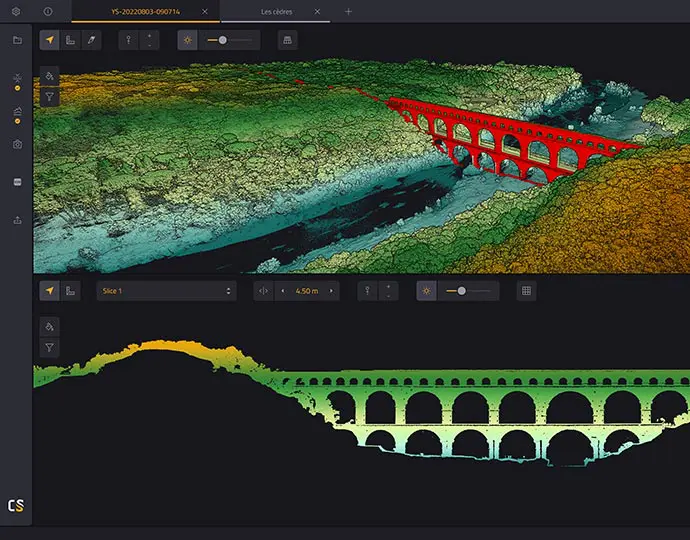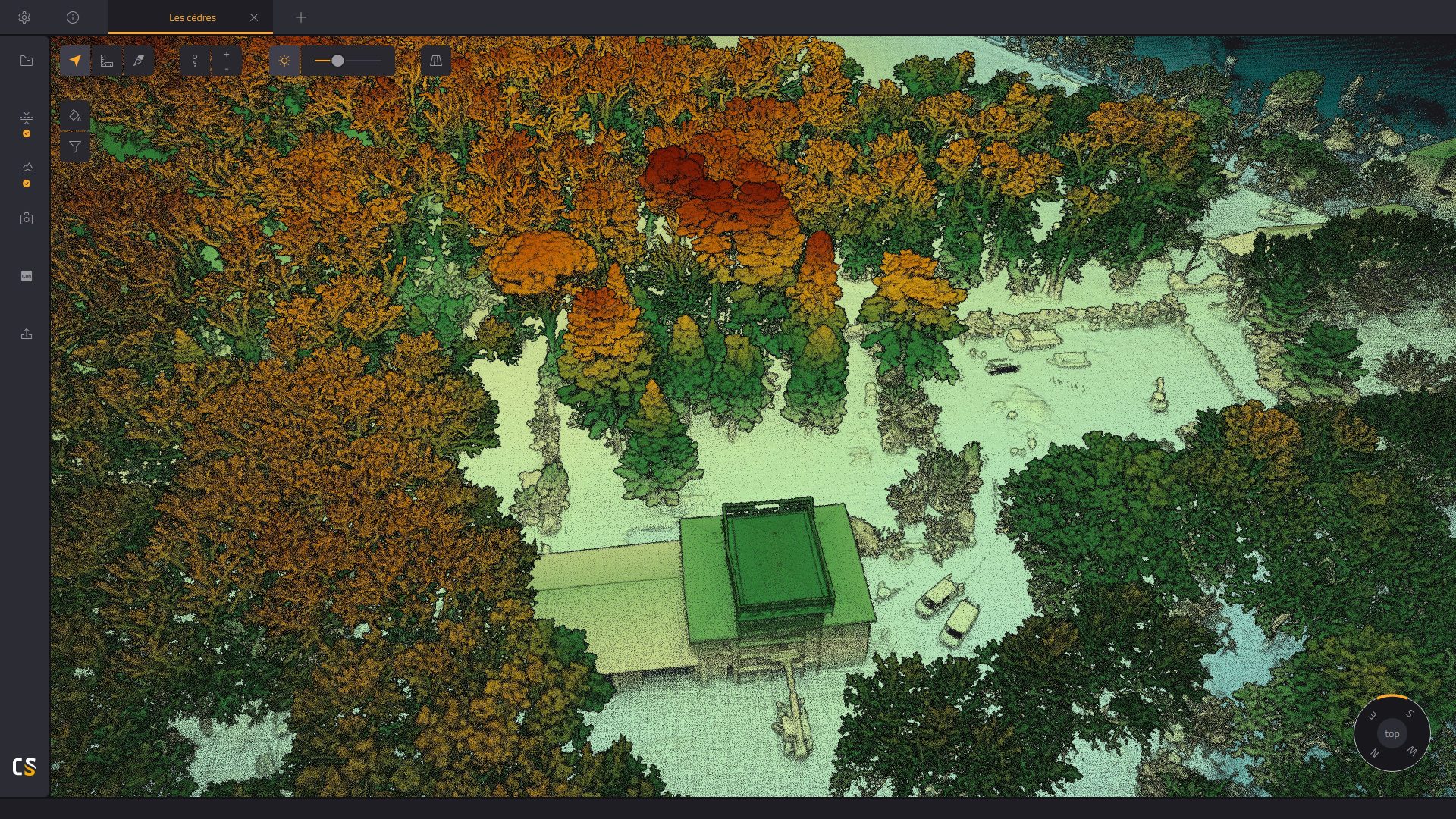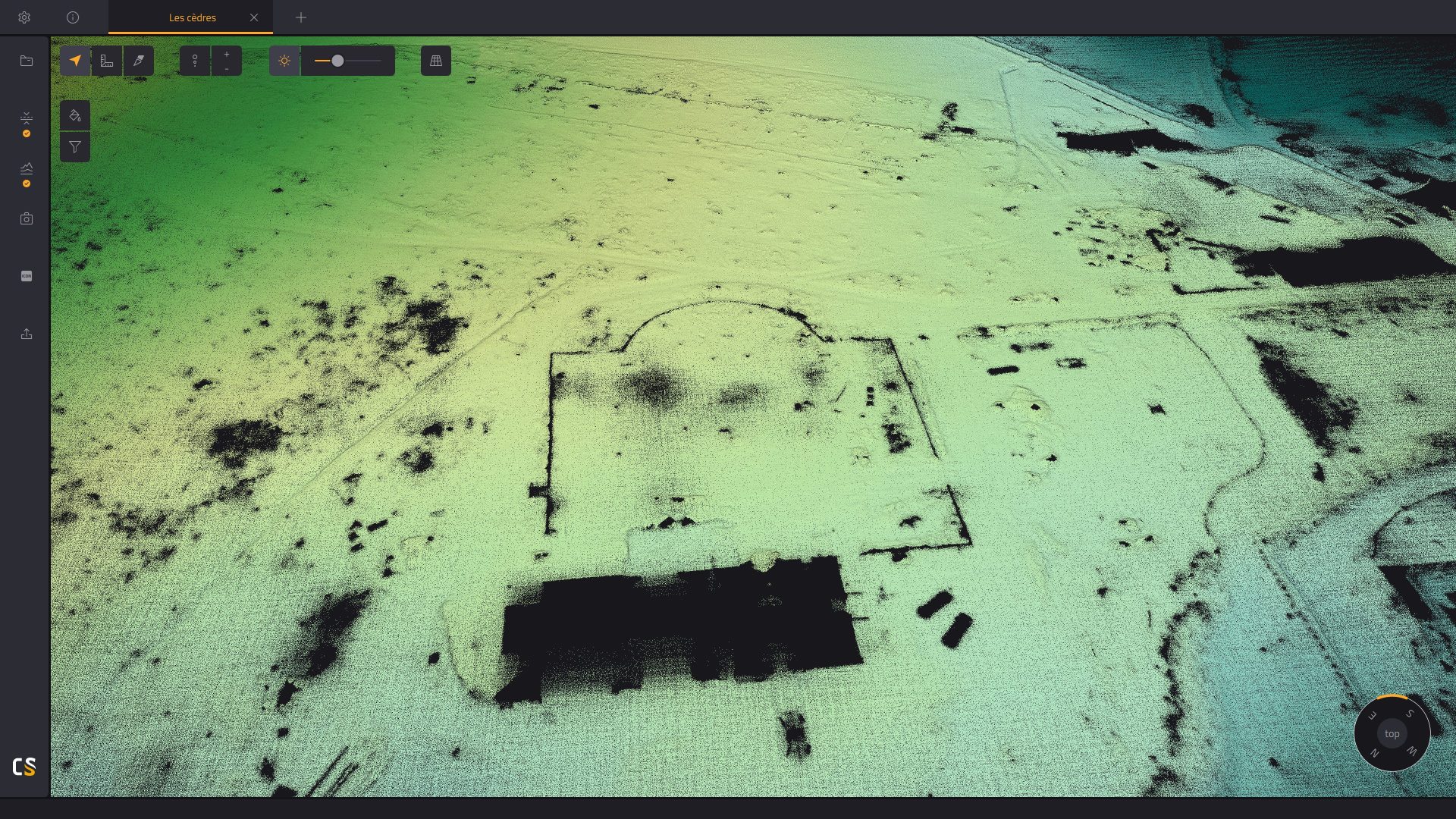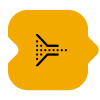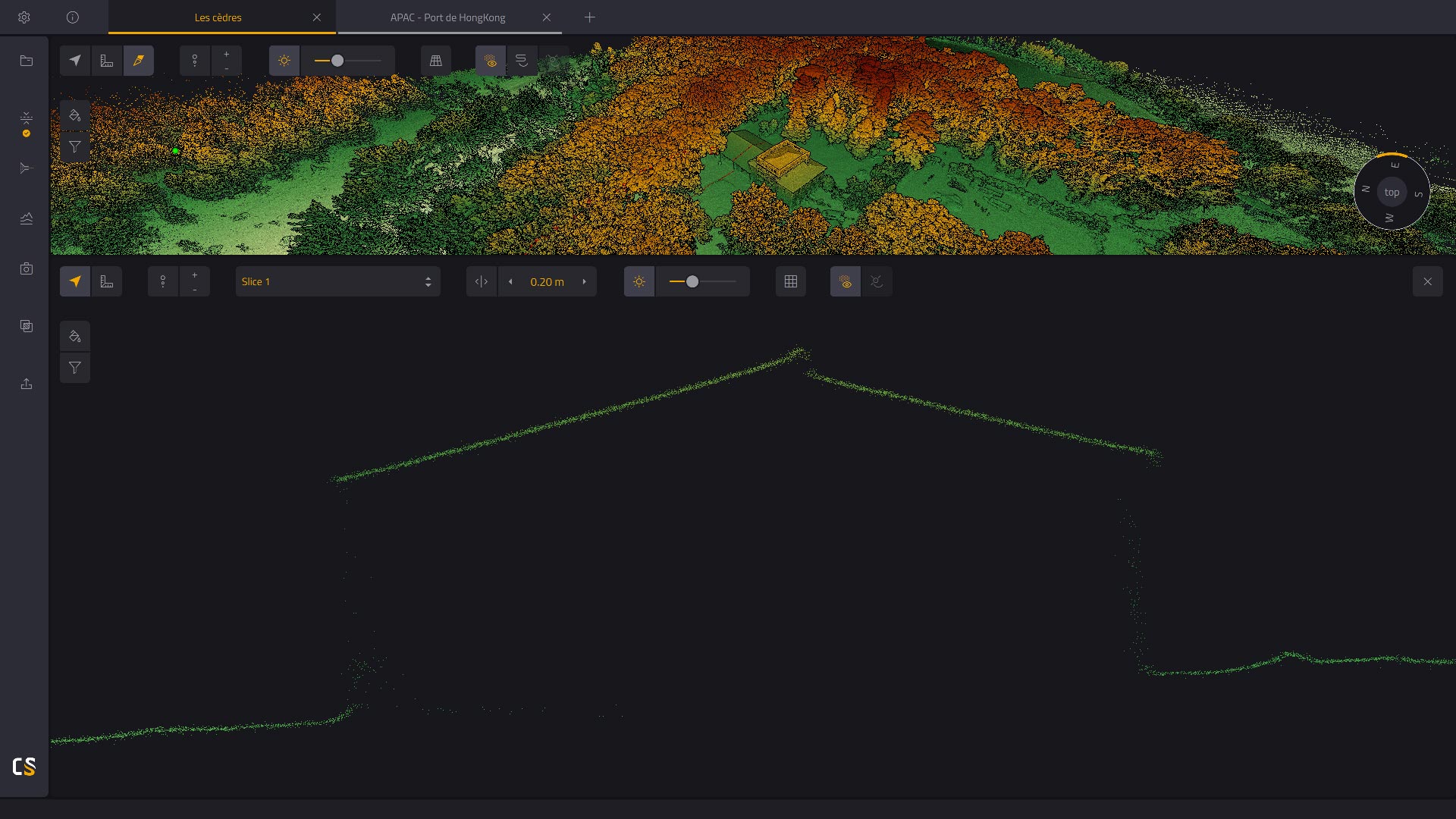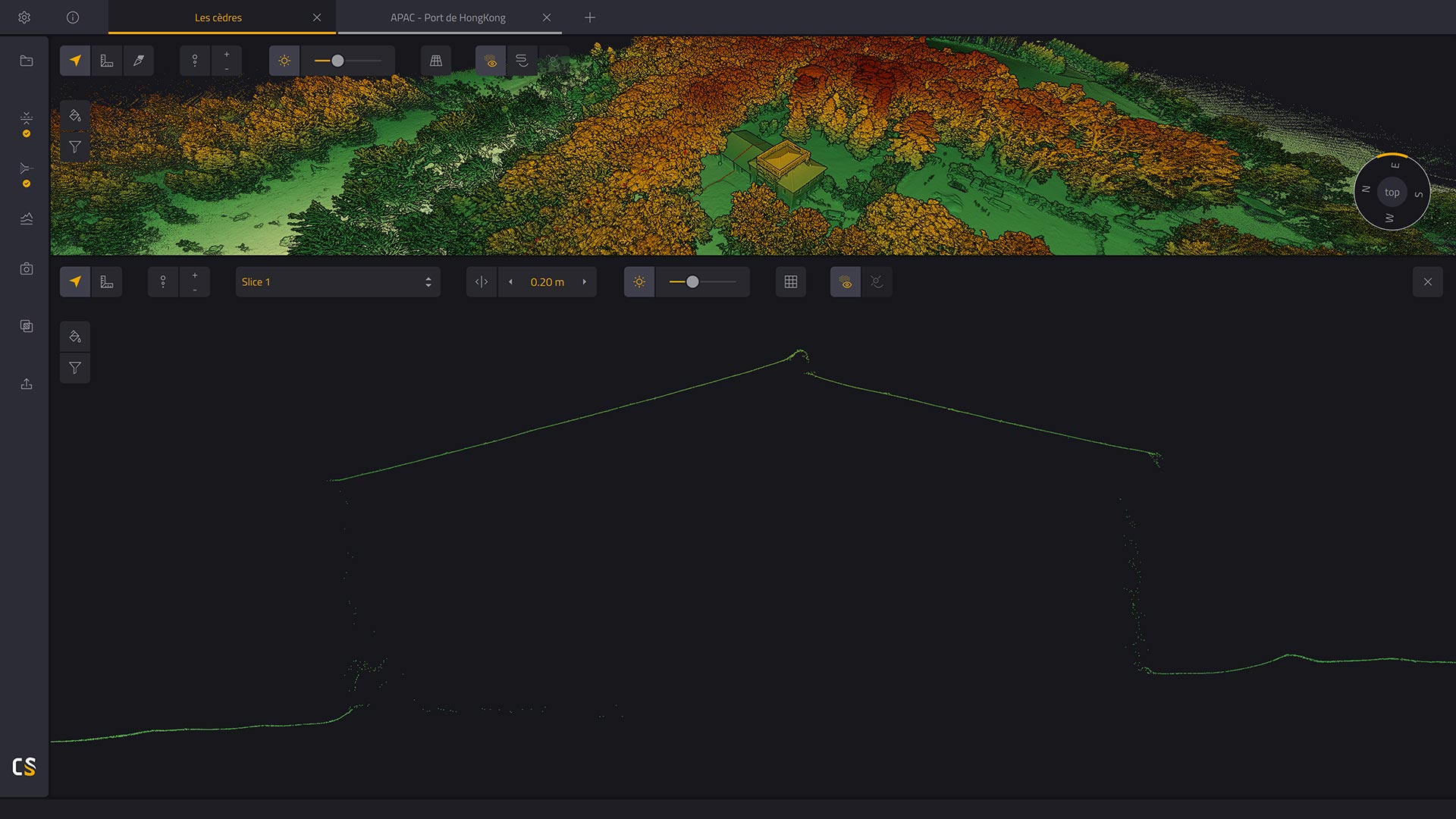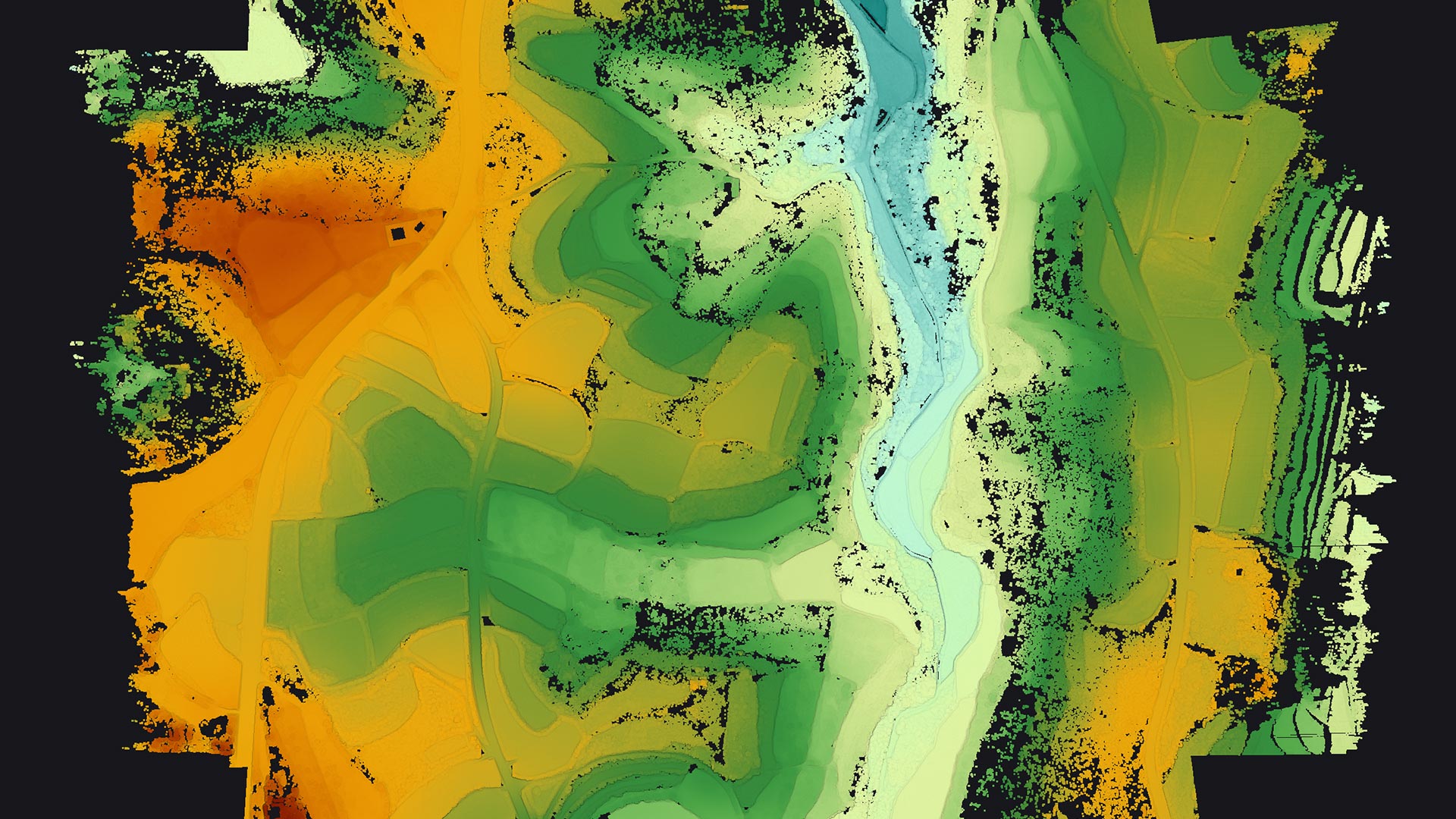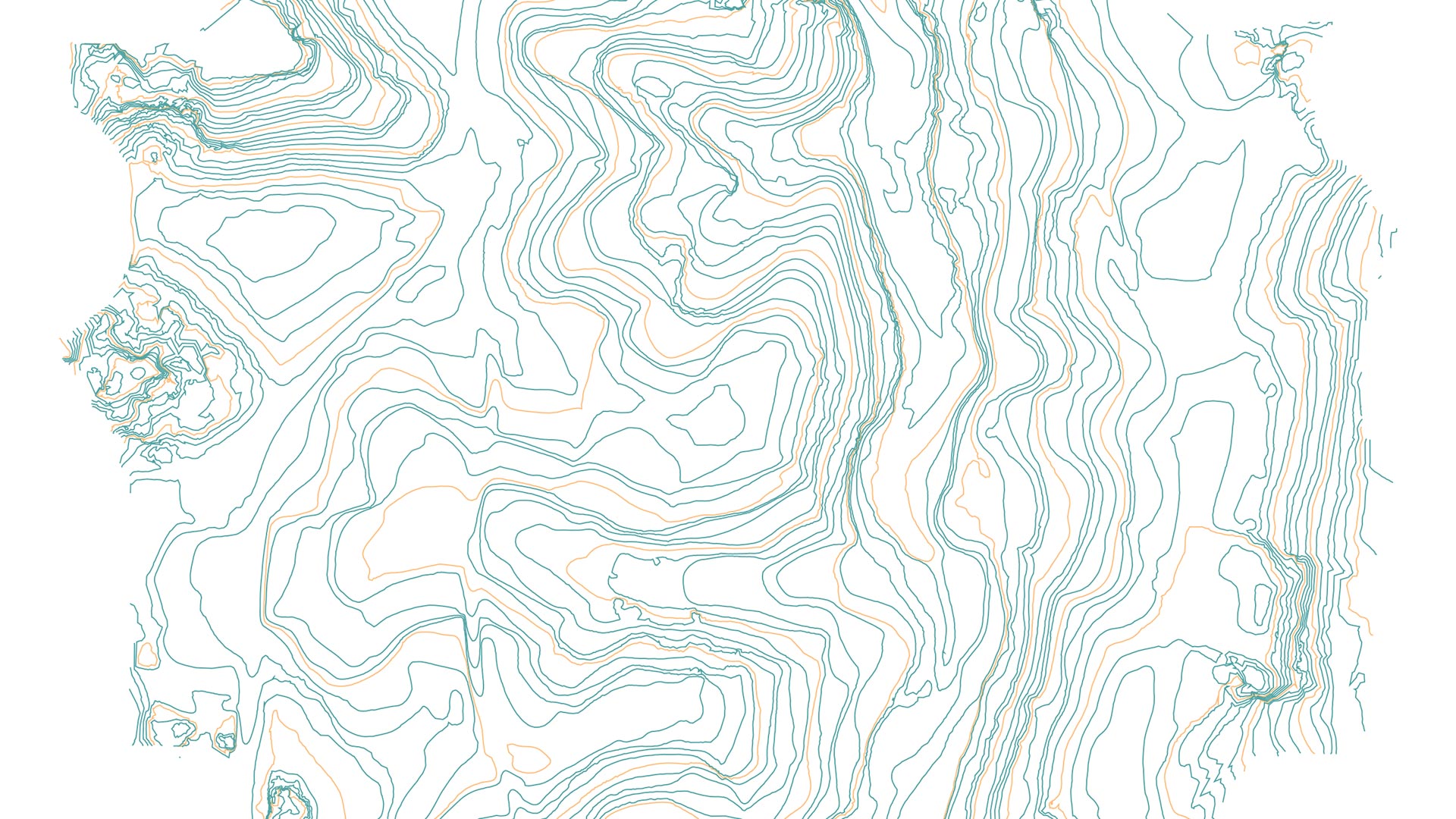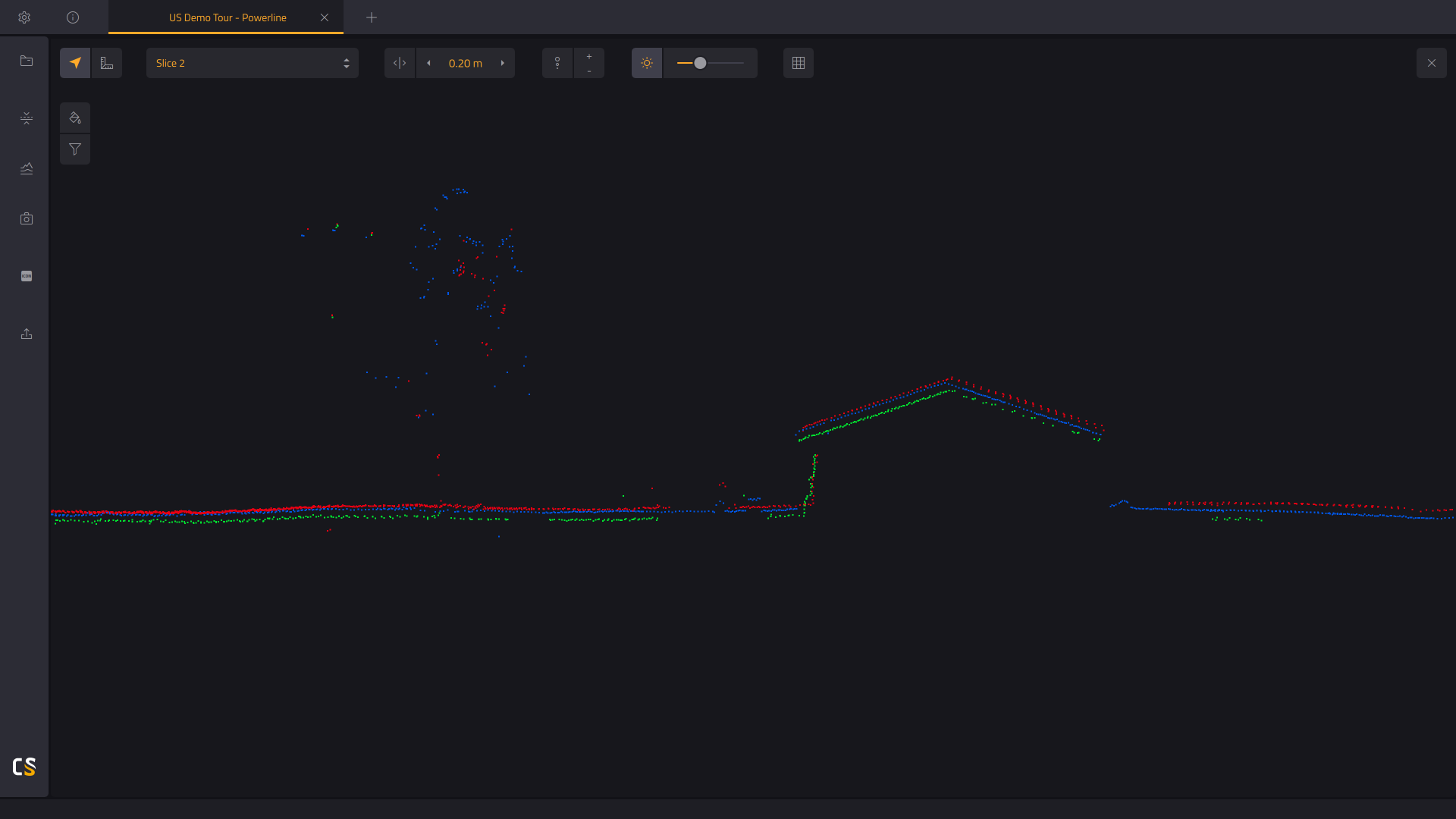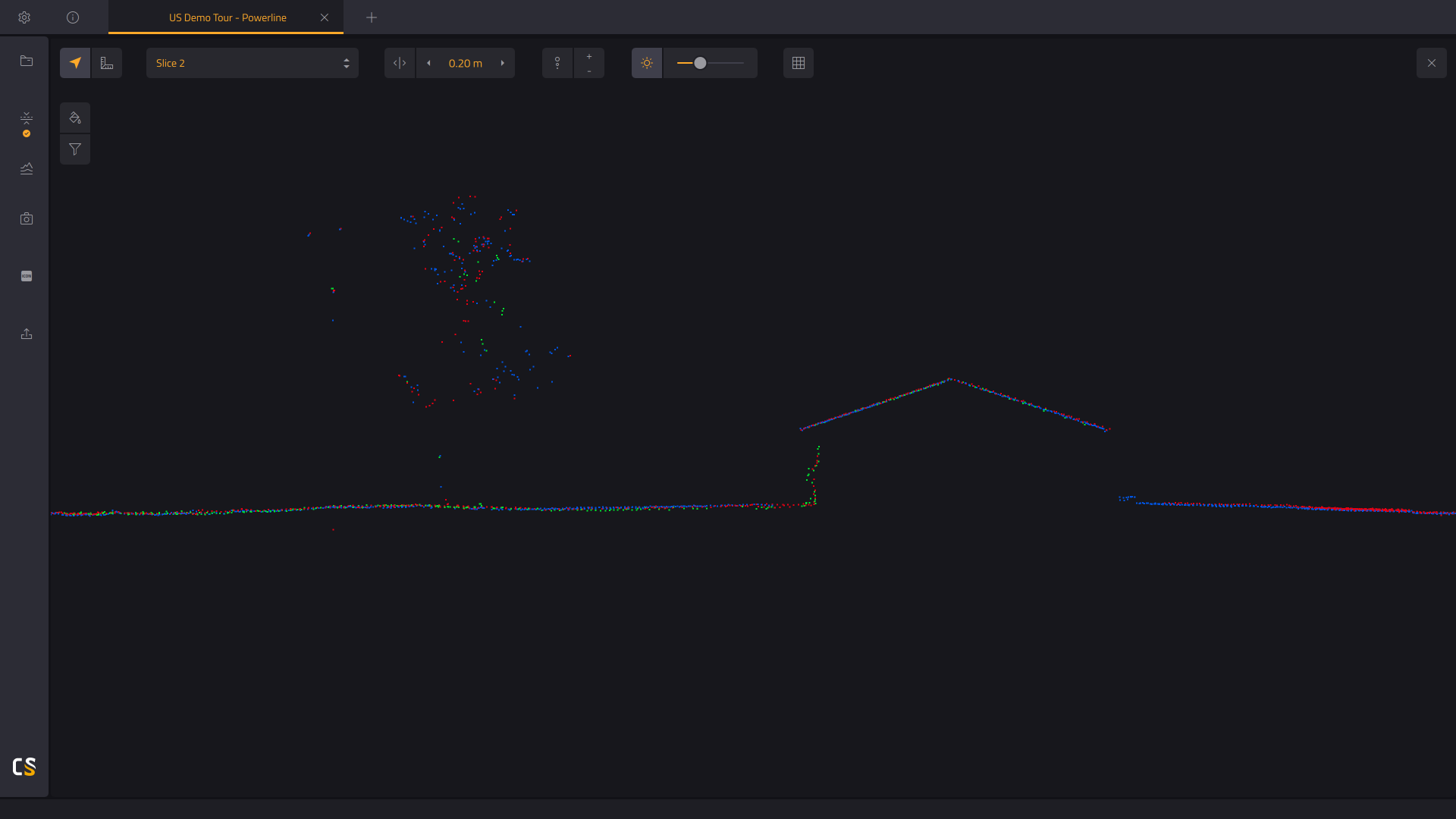CloudStation LiDAR processing software.
Turn physical projects into digital realities.
Want to discover more?
Contact our team of experts or download our software datasheet below:
The CloudStation is an evolutive and user-friendly LiDAR software, developed by YellowScan, to generate and visualize pointclouds.
Our software provides you with auto-detection of strips, in-depth configuration and LAS files exports to interface with all your tools.
Change the way you work with LiDAR data
Our CloudStation software is available as a floating license, allowing users to install it on as many computers as needed. Three CloudStation software bundles are available:
YELLOWSCAN CLOUDSTATION
Next-level LiDAR survey quality
Designed to improve data and set high standards regarding the quality of your surveying projects.

10 years’ experience in LiDAR technology
Our R&D team strives to innovate, develop new functionalities and improve the CloudStation on a day-to-day basis; so much so that a new release of the CloudStation comes out every 3 weeks.

Get expert advice and guidance
YellowScan’s knowledgeable team is here to support you, be it for a quick consult or training.
The CloudStation comes in an annual licensing scheme with a 1-year maintenance, including support and software updates.
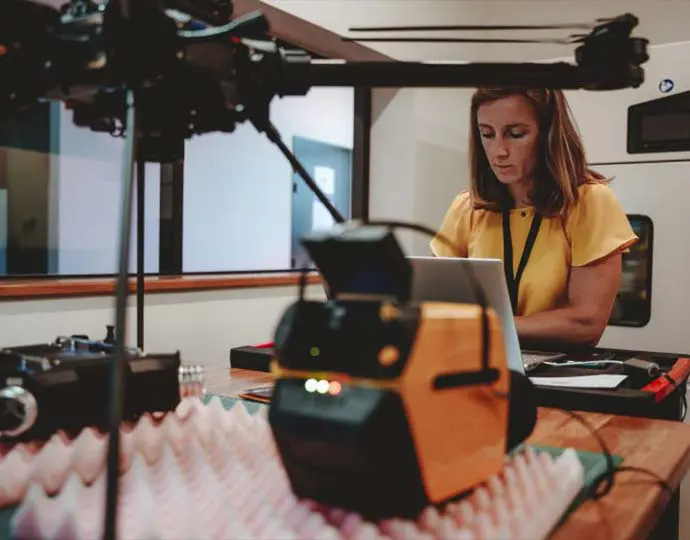
Explore our product datasets
Discover sample data captured with our LiDAR systems, select a specific sensor and download the associated dataset.
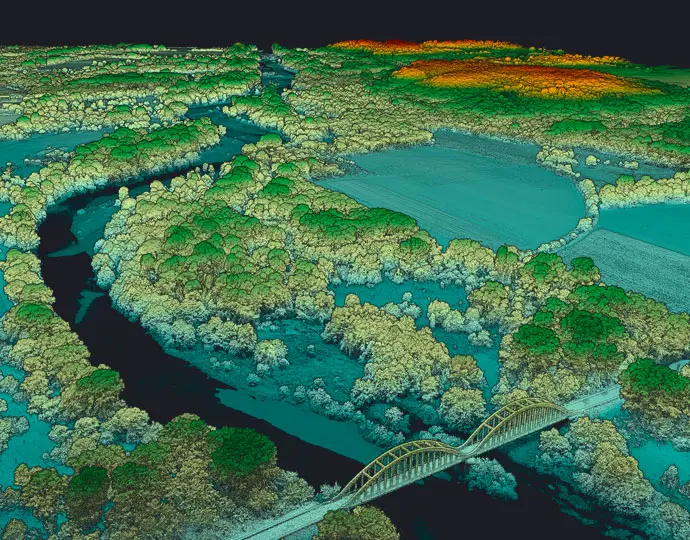
Point cloud visualization, inspection, and in-depth examination
The CloudStation’s powerful 3D engine allows you to effortlessly display billions of points, measure distances, and get information about your points in one click.
*Our CloudStation software is designed for desktop use and is not cloud-based.
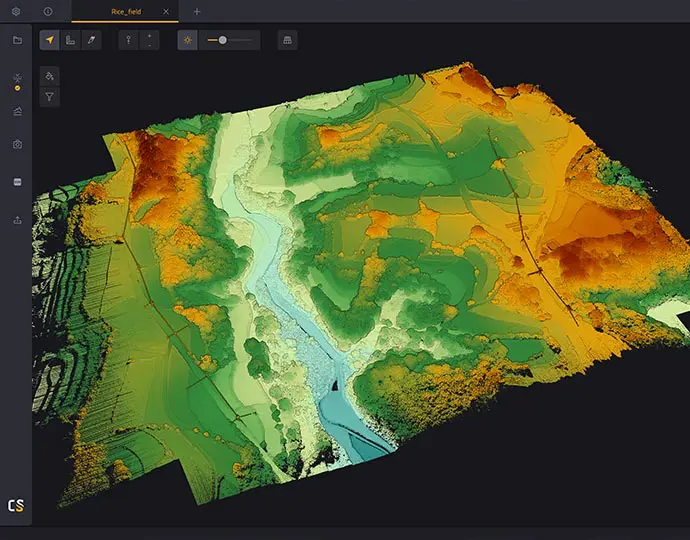
Increased productivity. Maximized budget.
Extract, process, display and export LiDAR data right after a flight.
Effortlessly handle multiflight acquisitions in a single project.
Easily refine your trajectory thanks to the POSPac integration
Vertical slicing of your generated point cloud
Get a better understanding of your generated point cloud.
- Measure denivelation.
- Assess the quality of the Ground classification, by checking the base of the vertical elements.
- Check the mismatch between flightlines, by measuring the strip-to-strip distance. Before, or after strip adjustment.
